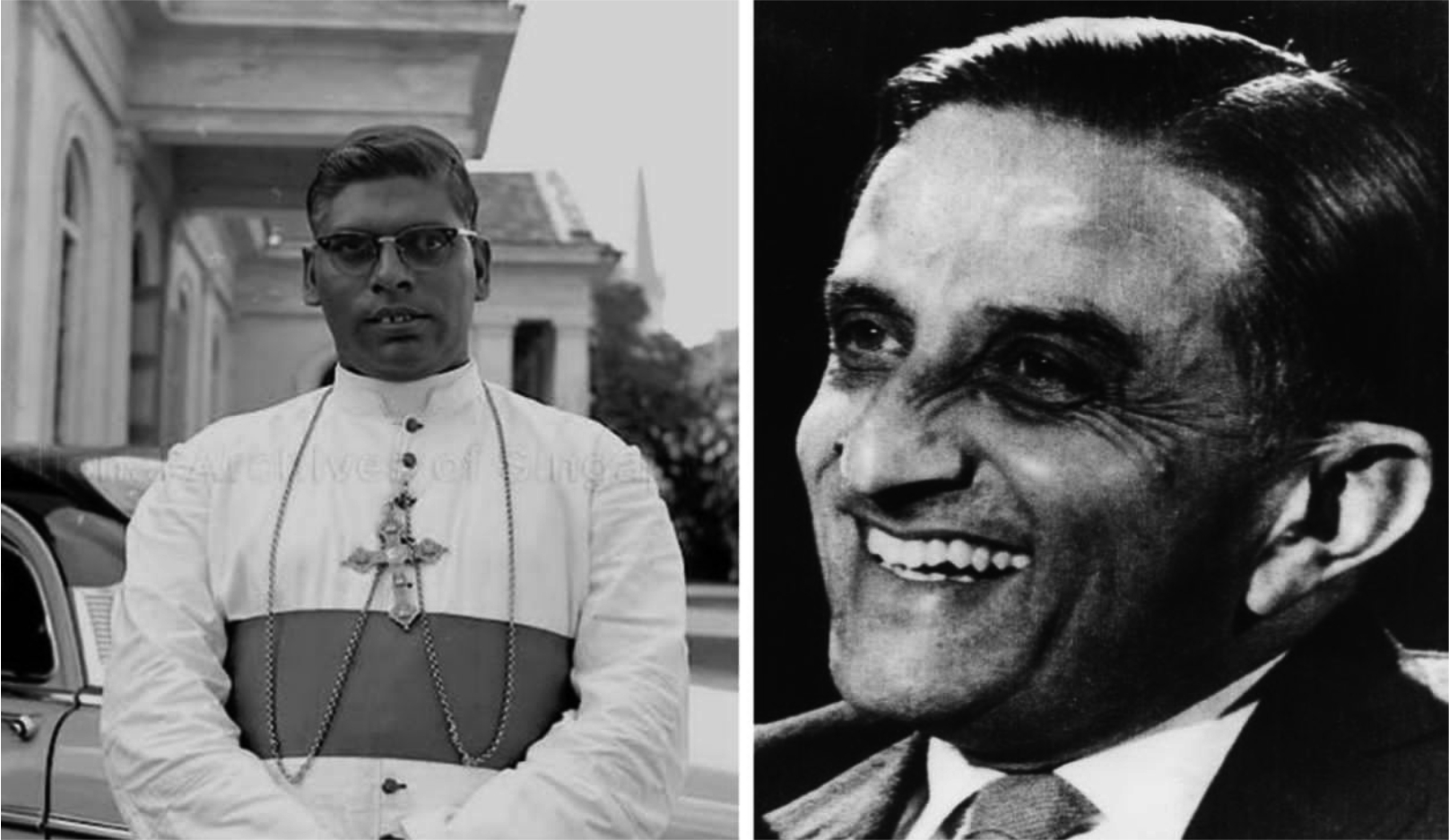How Did a Church Transform into a Space Station, Sparking India's Space Odyssey?
Geo George - September 2023

Eminent space scientists Dr. Homi Bhabha and Prof. Vikram Sarabhai were scouting for a place to establish a space research station in the equatorial region in the 1960s. These two great scientists visited a number of places and finally zeroed in on Thumba, a small fishing hamlet near Thiruvananthapuram, the capital of Kerala. Thumba was near the magnetic equator within the flow of electrojet and it was ideally suited for ionospheric research. However, there was one problem. Within this area, stood a large and ancient church of St. Mary Magdalene and Bishop's House, whose site had to be acquired. The original church at the site was founded in a thatched shed in 1544 by St. Francis Xavier and was historically very important for the faithful.
A Bishop's Unwavering Faith and a Resonating Amen
On one fine Saturday morning in the early 1960s, Rev. Dr. Peter Bernard Pereira – the then Bishop of Trivandrum – had a strange guest who had come to his house with a stranger's request. The Reverend listened to him patiently but did not respond immediately. Instead, he invited the man to join the Mass the next day.
At the end of the Sunday Mass, the Bishop spoke to the assembled crowd, “My children, I have a famous scientist with me who wants our church and the place I live for the work of space science and research. Science seeks truth that enriches human life. The higher level of religion is spirituality. The spiritual preachers seek the help of the Almighty to bring peace to human minds. In short, what Vikram is doing and what I am doing are the same - science and spirituality seek the Almighty's blessings for human prosperity in mind and body. Children, can we give them God's abode for a scientific mission?”
As narrated by Dr. APJ Abdul Kalam in his book ‘Ignited Minds: Unleashing The Power Within India’, the Bishop’s question was greeted by an unsettling silence, and as Dr. Vikram Sarabhai waited eagerly, the church finally reverberated with a loud and hearty ‘Amen’ from all present!
A grateful Dr. Sarabhai and the team promptly swung into action. The entire village of fisherfolks was relocated nearby, and a new Church was built for the faithful in 100 days flat. The erstwhile St Mary Magdalene Church and Rev. Pereira’s living quarters-located strategically on the magnetic equator and blessed with a narrow ribbon of very strong electrojet current (therefore making it ideal for studying the ionosphere)- thus became the Thumba Equatorial Rocket Launching Station where the first seeds of Indian space research were sown amidst infrastructural constraints unthinkable by rocket scientists anywhere else in the world.

Continuing the Legacy
Today, as India's Vikram lander softly touched the lunar south pole with its rover Pragyan, the echoes of that resounding 'Amen' intertwine with the technological marvels of the present. In those moments, the distant weekend when Rev. Dr. Pereira and Dr. Sarabhai, two leaders from opposite ends of the ideological spectrum, converged on a shared vision, is vividly remembered.
The tale of Thumba resonates with the power of unity, of transcending boundaries for a collective dream. It's a story that urges us to embrace collaboration, where science and spirituality coexist in pursuit of a better tomorrow. As we gaze at the skies and beyond, the legacy of Thumba reminds us that the sky is never the limit and that when disparate aspirations align, humanity's potential knows no bounds.
Send your feedback to : onlinekeralacatholic@gmail.com